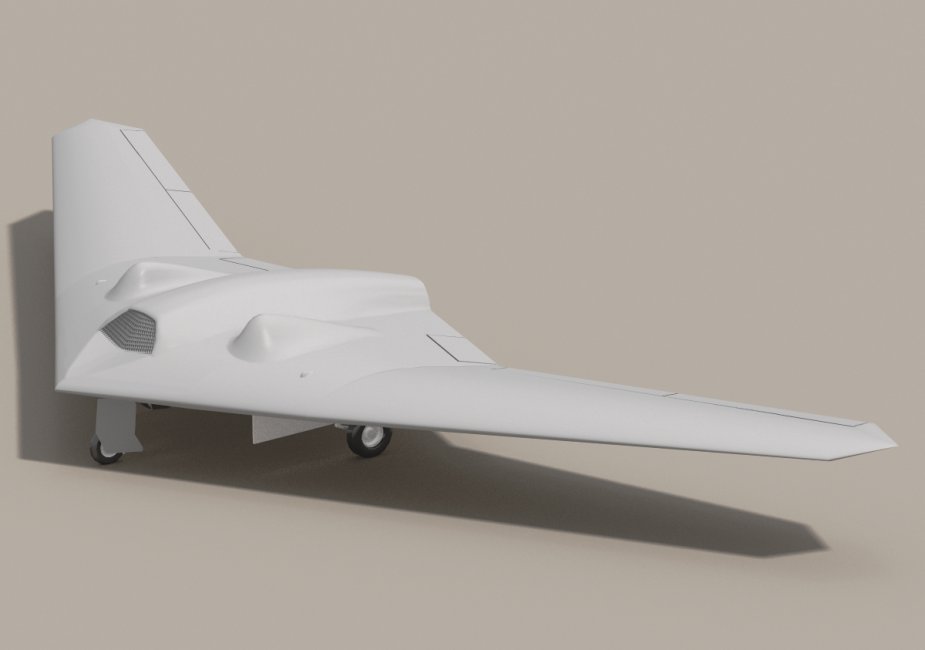Breaking news
Iranian drone shot down: a copy of the CIA’s RQ-170 Sentinel.
On February 10, over Syria, an Israeli attack helicopter shot down an Iranian drone whose shape strongly resembled that of Iran’s Saeqeh, or “Thunderbolt,” drone, which is based on a CIA-operated RQ-170 Sentinel captured by Iran in 2011 in Afghanistan.
 The Lockheed-Martin RQ-170 "Sentinel" drones are operated by the USAF for the CIA (Picture source: Wikipedia)
The Lockheed-Martin RQ-170 "Sentinel" drones are operated by the USAF for the CIA (Picture source: Wikipedia)
On 4 December 2011, media reports stated that the Iranian army's electronic warfare unit had shot down an American drone that violated Iranian airspace along its eastern border through overriding its controls, and had captured the lightly damaged UAV. RQ-170s have been reported to have been operated by the USAF for the CIA in Afghanistan as part of Operation Enduring Freedom. The UAVs flew over Pakistan and Iran; operations over Pakistan included sorties that collected intelligence before and during the operation which led to the death of Osama bin Laden in May 2011. The "RQ" designation indicates that the RQ-170 Sentinel does not carry weapons.
On 6 December 2011, U.S. officials acknowledged that a drone crashed in or near the Iranian airspace and that it belonged to the CIA, not to ISAF as was earlier stated. The drone was captured either because of a software error that made the drone to fly too low or, as the Iranians claimed, they succeeded in perturbating the GPS thanks to Russian equipment, managing to make the drone land rather smoothly.
The Iranian government released footage of the captured Lockheed-Martin RQ-170 Sentinel on 8 December 2011. In the footage, a member of the Iranian revolutionary guard released dimensions of the aircraft, including a wingspan of about 26 meters (85 ft), a height of 1.84 meters (6.0 ft), and a length of 4.5 meters (15 ft). After examining the video, U.S. officials confirmed that the drone was genuine. United States administration asked Iran to return the UAV. Iran denied the request and lodged a complaint to the UN Security Council over airspace violation by the U.S.
When the Sentinel was lost, the Americans minimized the importance of that loss, thinking that Iran didn’t have the technological level to exploit the drone’s secrets. In reality, the loss of the Sentinel was of a strategic importance. U.S. President Obama could have ordered to bomb the hangar where the drone was stored but he refrained from it, fearing to compromise the results obtained so far in the negotiation of the nuclear agreement with Iran.
In April 2012, General Amir Ali Hajizadeh, the commander of the Islamic Revolutionary Guard Corps aerospace division, claimed that Iran had reversed-engineered the RQ-170, and was building a copy of the UAV. He also stated that data was being recovered from the captured RQ-170. Iran first tested its own version of the RQ-170 in 2014, and its elite Revolutionary Guard Corps unveiled the Saeqeh in 2016.
The Israelis state that the Sentinel shot down on 10 February had been launched from an Iranian base in Syria (which the Iranians naively deny). Tsahal (Israeli army) says it has got the debris of the drone and has broadcast a video showing a vehicle involved in the launch. Tracked by the Israelis since it was launch from the Iranian base close to Palmyre (central Syria), it was shot down over the Jourdain valley by an Israeli attack helicopter.
“It was not an attack, but a test of the limits and rules,” said Chagai Tzuriel, director general of Israel’s Intelligence Ministry, referring to the incursion. “For the Iranians, there is nothing better than to test the limits and get away with it, and that’s why we should not let them.” Tal Inbar, head of the Space and UAV Research Center at the Fisher Institute for Air and Space Strategic Studies, said that Syria is “a laboratory for Iran to test out new weapons and new tactics.”
US experts are now trying to determine how far the Iranians have succeeded in copying the technological capabilities of the Sentinel.



















